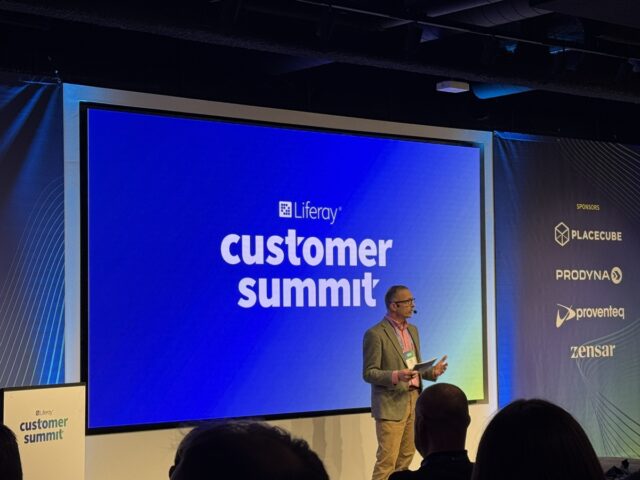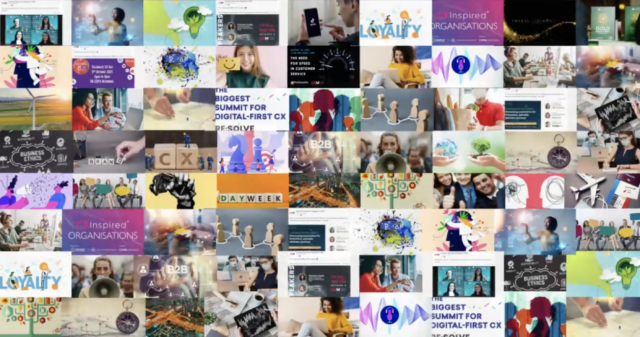August 13, 2025
Tariff-Proof Your Business

Faced with an unpredictable economic environment led by frequently changing US policies, executives must navigate a landscape riddled with volatility. Tariffs, rising supply costs, and squeezed margins threaten growth. Shareholders, employees and customers demand clarity on how leadership will weather these storms.
One strategy stands out for its proven bottom-line impact: reducing customer churn.
The High Cost of Churn—and the Value of Retention
Churn isn’t just a metric; it’s the silent killer of profitability and growth. Research from Bain & Company shows that reducing churn by just 5% can boost profits by 25% to 95%. The logic is simple: acquiring new customers costs five to 25 times more than retaining existing ones. And existing customers are 50% more likely to try new products and services your company releases, and they’re willing to spend 31% more compared to your new customers. (Invesp).
Reducing churn to retain existing customers is as (or more) essential to your profitability than optimizing conversion rate, according to digital presence platform leader Yext. In a climate where many prospects are delaying purchases, protecting the base you already have is not just prudent—it’s essential.
B2B vendors face an additional challenge: lengthening sales cycles. Companies across customer size and verticals report 3-4 week longer cycles on average. Longer sales cycles drive up the cost of customer acquisition costs, making retention and expansion of existing customers even more cost-effective.
The Customer Experience Imperative
The path to lower churn runs straight through customer experience (CX). McKinsey’s data is unequivocal: companies leading in CX achieved more than double the revenue growth of their lagging peers between 2016 and 2021. Experience-led growth also increases cross-sell rates by 15%-25% and can boost share of wallet by 5%-10%. In short, the better your customers’ experience, the more likely they are to stay—and spend more.
5 Short-Term Actions to Reduce Churn and Protect Your Revenue
Leaders need to take action now to protect their business. The key to reducing churn is to help their customers’ quickly and easily realize the value they’re expecting from their purchases. There are several specific steps management can take immediately – with little to no additional investment – to reduce churn and protect their revenue from economic headwinds.
1. Harness Your Data to Identify Pain Points
The first step in removing obstacles to customer value realization is to identify where they encounter friction. Every interaction—whether it’s a purchase, renewal, product usage event, support conversation, or community comment—yields valuable insights. By systematically analyzing this data, companies can identify patterns that reveal where customers get stuck.
Are users struggling with onboarding? Do certain features remain underused? Is there a link between onboarding times and renewal rates, or between product usage and expansion sales?
Understanding these correlations is crucial for pinpointing the key moments that cause customers to struggle with adoption, using and renewing products. Armed with this knowledge, companies can design targeted interventions that smooth the path to value realization.
Companies should take action now to identify structured and unstructured data, and rescue it from the silos where it typically languishes in order to review a more complete data set. In-house or many of the new AI tools can extract insights that can identify which journey improvements will make the biggest churn reduction impact.
2. Engage and Communicate Proactively
Direct engagement with customers, especially the most important accounts, is equally vital. Along with data, customer feedback provides deep insights into churn risks. Additionally, proactively seeking feedback, acting on it, and then closing the loop by communicating improvements demonstrates a genuine commitment to customer success. Highlighting these actions in newsletters, on the website, and across social channels reassures customers that their voices are heard and valued.
3. Adopt a Digital-First Approach
Recognize that all customers are digital, from your smallest to your largest, from those you support with a digital-only strategy to those with dedicated CSM resources. In fact, 75% of customers now prefer digital self-serve interactions over human engagement. This means you must meet customers in the digital channels they use, whether that’s your website, peer community, in-product, email or SMS.
The good news is that different teams inside companies already communicate with customers in various channels. The bad news is that such efforts are rarely coordinated, resulting in inefficient resource use and limited effectiveness.
Starting now, companies should focus on optimizing communications in the channels they already use. At a minimum, provide customers with timely, relevant information that accelerates adoption and value realization. At a minimum, serve up the information upon request. Better yet, proactively provide it as customers progress through their adoption and renewal journeys.
At Cisco, we employed a digital-first approach to customer experience that paid significant dividends. Customers participating in the digital renewal journey renewed at rates 19 points higher than their non-digitally engaged peers. And those engaging across multiple digital channels were twice as likely to be at low risk of churn due to higher adoption rates and value realization. The lesson is clear: digital engagement isn’t just efficient—it’s vital for retention and revenue.
4. Embrace Self-Service
Part of effective digital-first experiences includes making it easy for customers to find the information they need for adoption, feature usage, and renewals. Leaders can improve this process today by reviewing existing customer-facing content to ensure it’s accurate, up to date and easy to find.
Along with information, customers want digital options for their support needs, especially routine queries. Knowledgebases, chatbots, and moderated peer communities provide customers with the quick access to troubleshooting they expect.
Not only does self-service support align with customer expectations, it also drives significant cost savings. Digital self-service can reduce support costs by up to 75%, with each interaction costing a fraction of a traditional support call. Forrester Research found that while a live agent call can cost between $6-12, a self-service interaction can cost as little as $0.25.
5. Leverage AI
There are several paths for management to leverage AI immediately to improve their customers’ experience and reduce churn. Companies can increase personalization by using AI to create multiple versions of existing customer-facing materials to increase their relevance. Tailoring information by language, job level, technical expertise or other variables (informed by the data analysis discussed above) increases stickiness.
Additionally, companies can help customers increase adoption and feature usage by using AI tools to extend the reach of subject matter experts in peer communities and with support tickets. An AI model trained on existing customer-facing materials, knowledgebases and past support conversations can draft responses to customer queries for engineers, product managers or other SMEs – even trusted customers in peer communities. The result is dramatically shorter response times and greater engagement with customers needing help.
Foster Cross-Functional Collaboration
Finally, cross-functional collaboration is essential. Product, Marketing, Support, and Customer Success teams must share data and insights to develop a unified understanding of the customer journey. Yet too often, company silos inhibit the ability to do just that.
Leaders can improve collaboration now by creating cross-functional working groups to identify and build the most direct path to customer value realization. Align around key moments that drive adoption and renewal to optimize for retention.
The Bottom Line
In a world where external pressures are beyond management’s control, reducing churn is a lever every B2B executive can—and must—pull. Indeed, executives can increase the value of their company by 30% with only a 10% increase in customer retention levels.
The math is compelling, the strategies are proven, and the business impact is undeniable. In 2025 and beyond, customer experience isn’t just a differentiator; it’s the foundation for resilience and growth in uncertain times.



